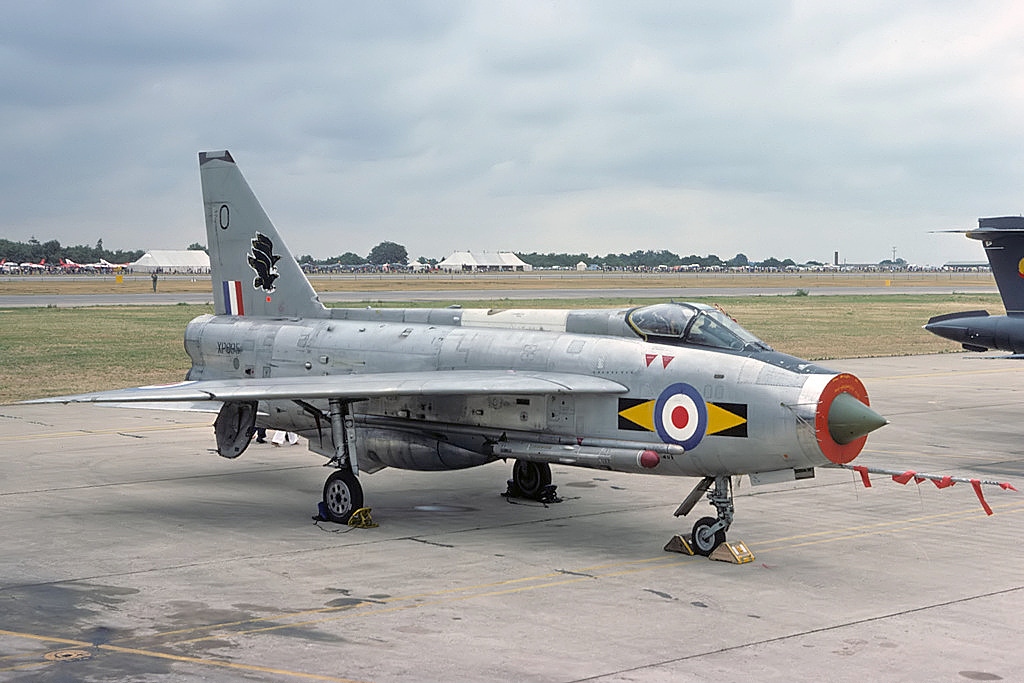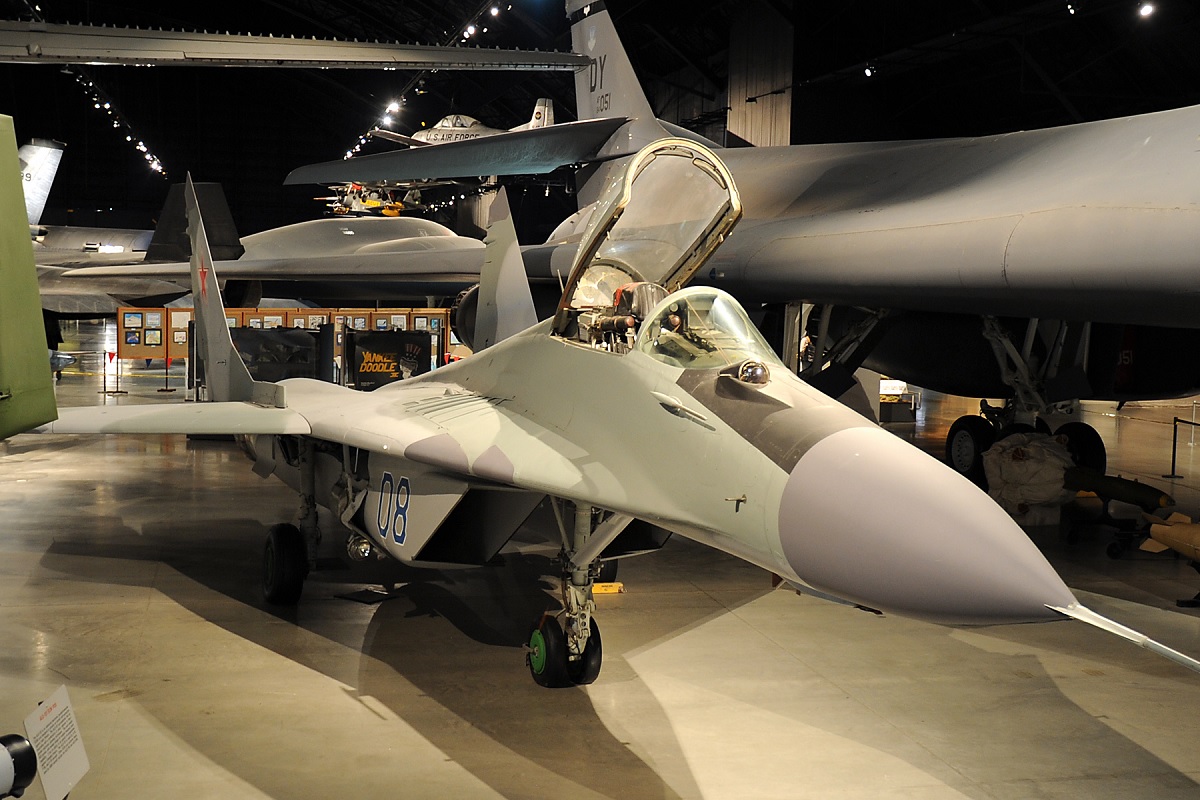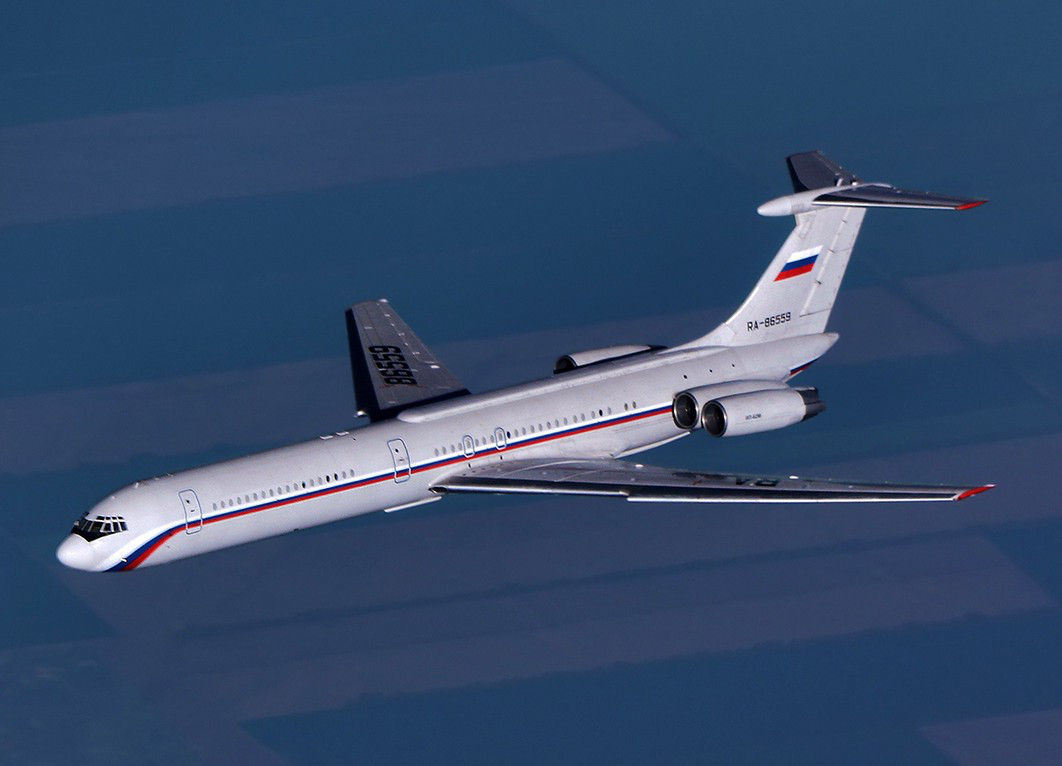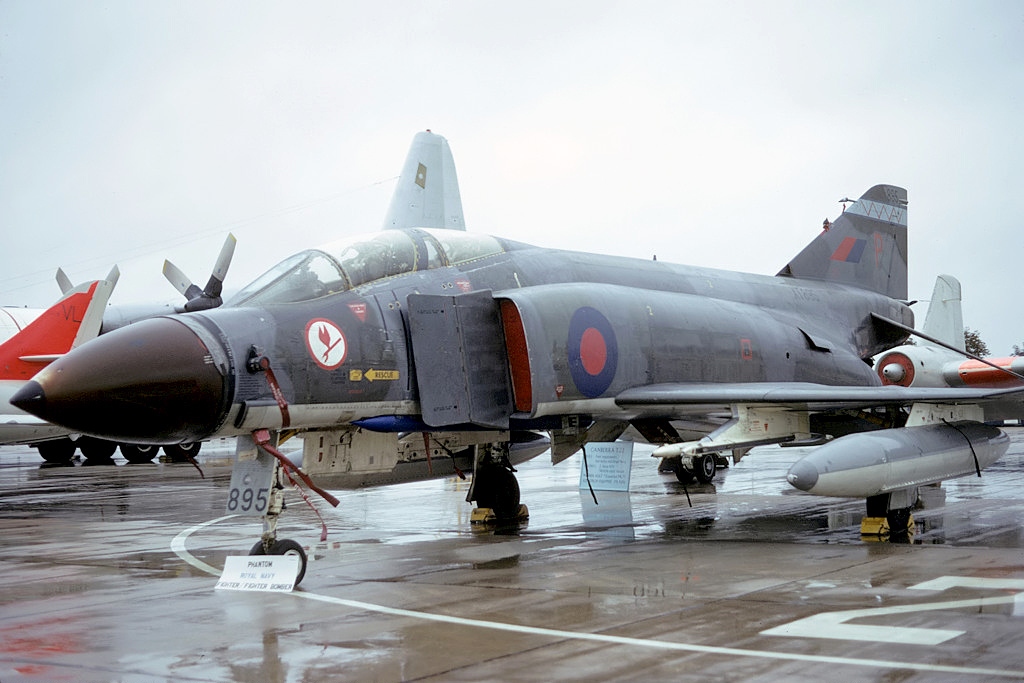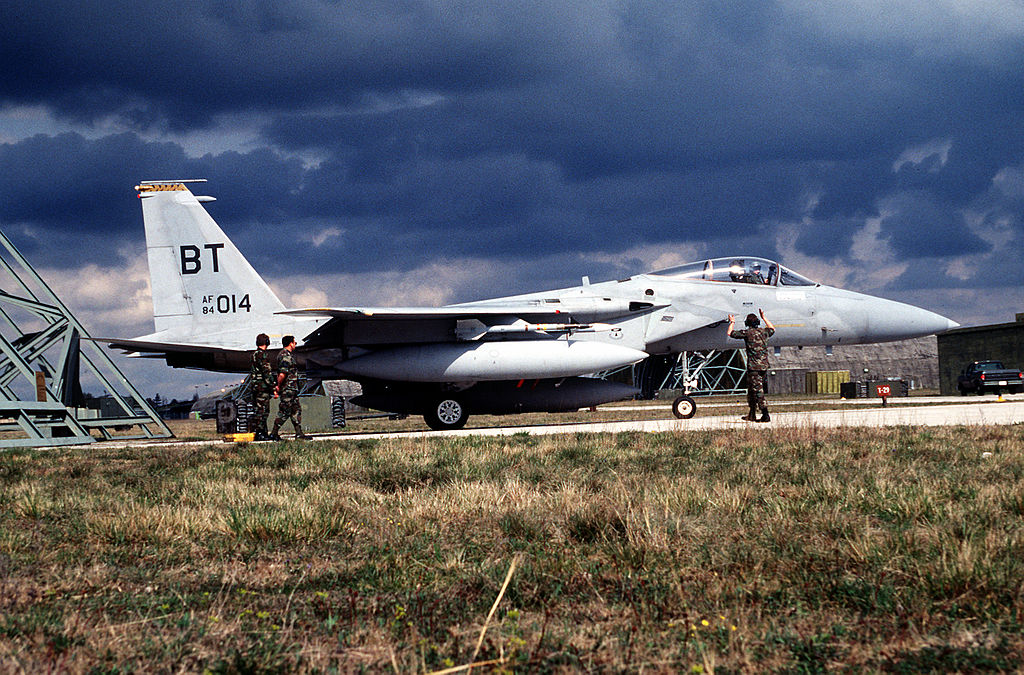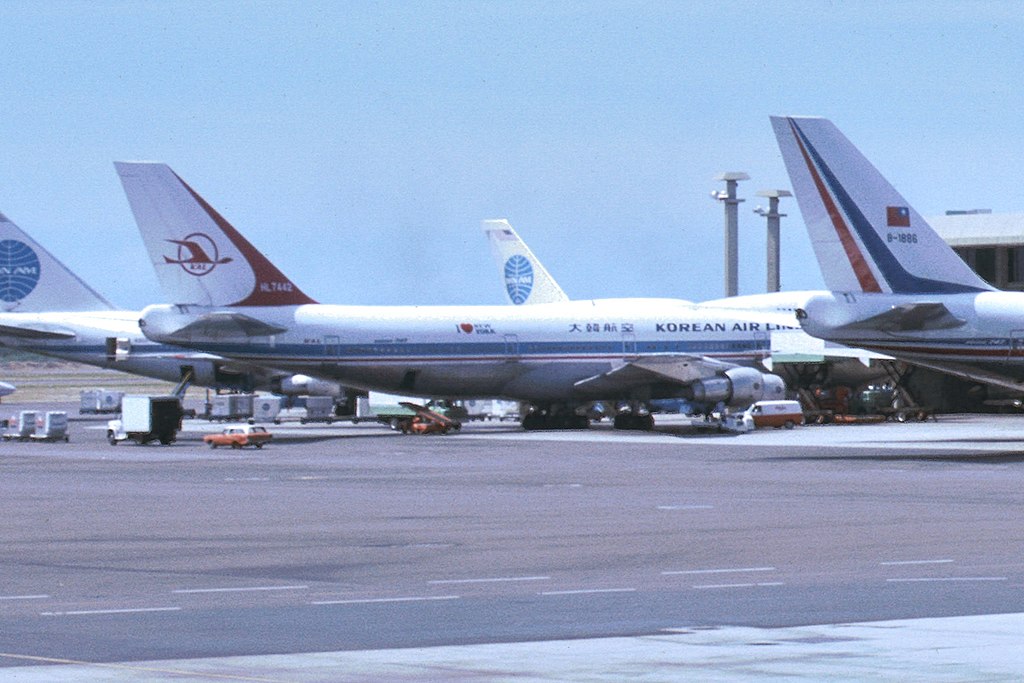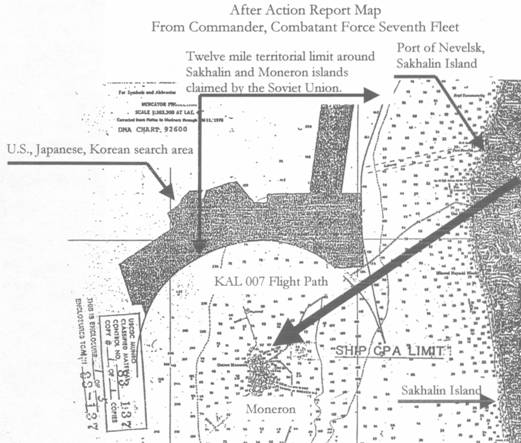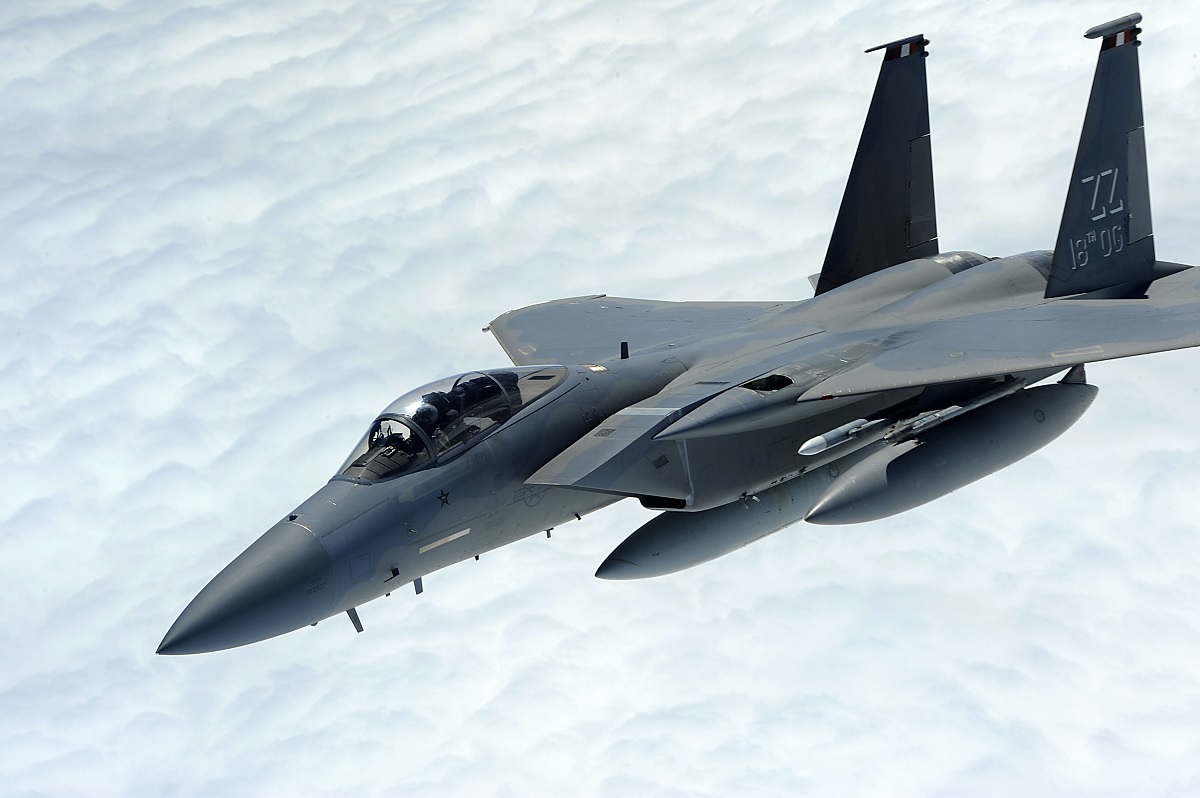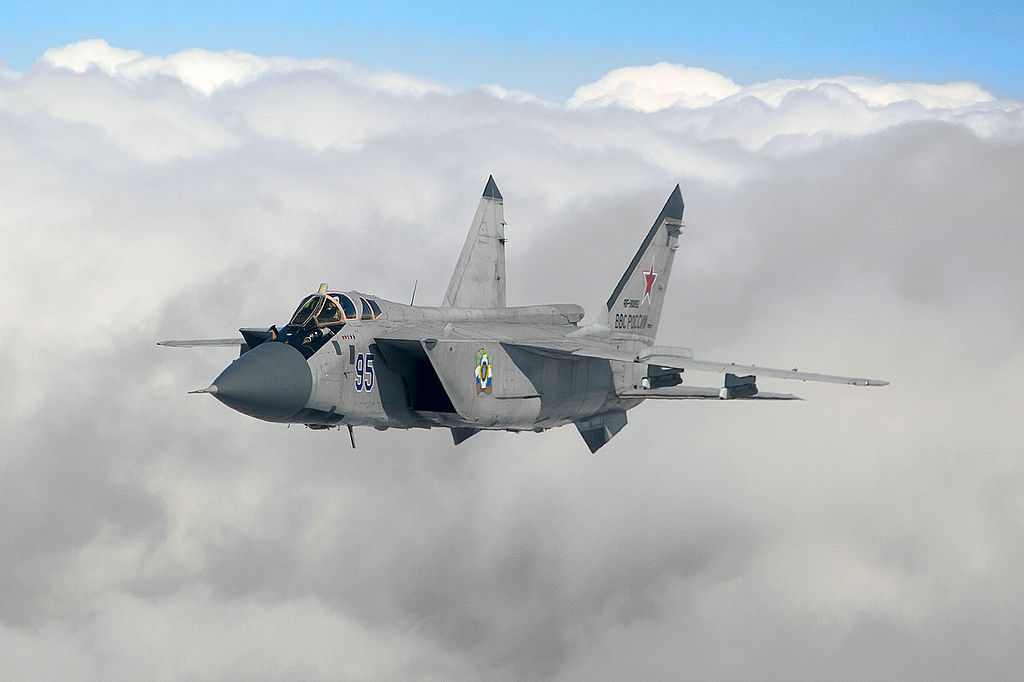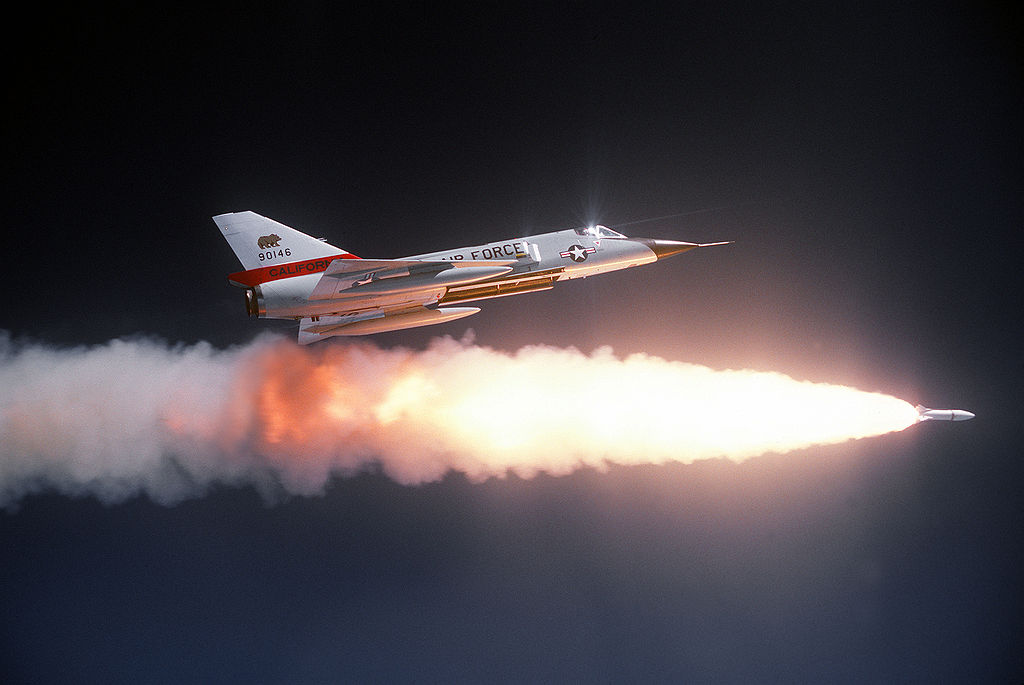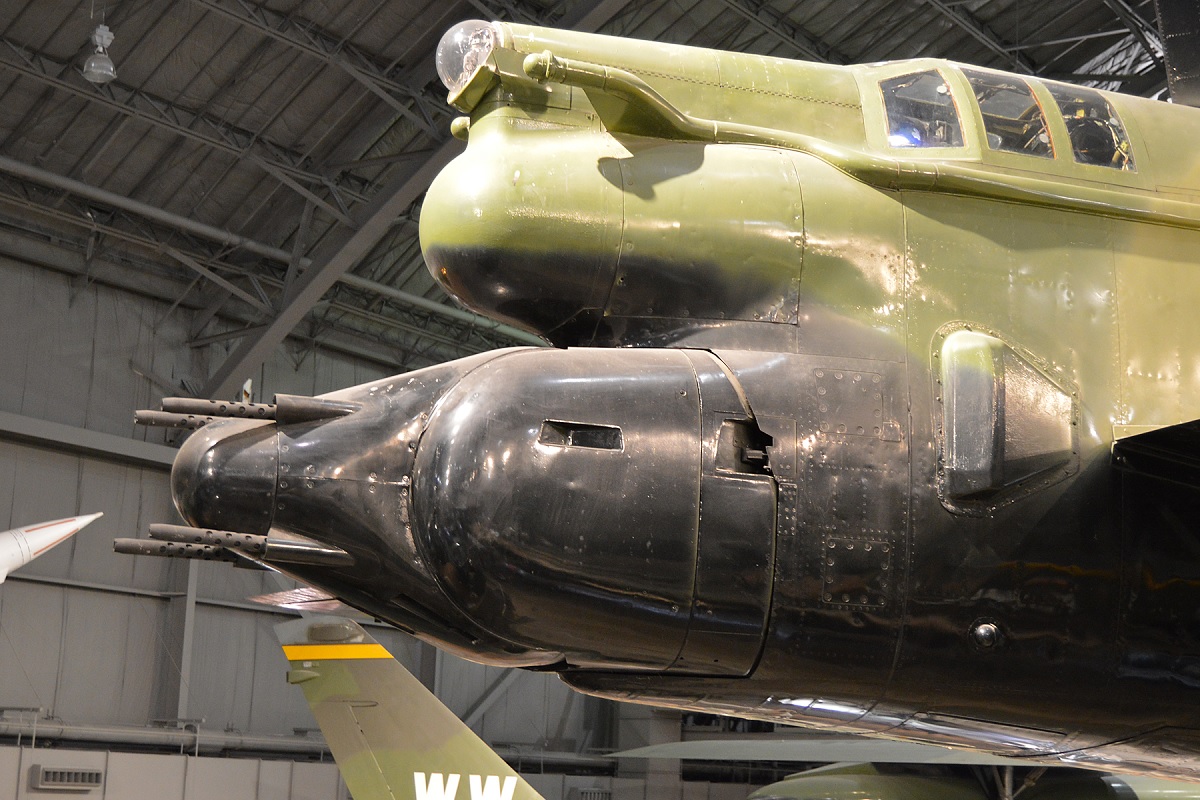The crew chief signaled BC to halt as the SR-71 slowly taxied into the hangar and drew near the parking spot. As usual, BC hit the brakes, but the SR-71 started to slowly slide on the JP-7 fuel residue
This story appears in John Altson’s book The Black Line.
The Kadena Hangar Slide
The SR-71 abort into Bodo, Norway, is one of many airborne emergency circumstances the Thomas-Reid crew encountered. But, BC and Jay also experienced some perilous circumstances while on the ground. After completing one operational mission, they began to taxi up to the open-on-both-ends Kadena hangar. The crew chief often waits at the opposite end of the hangar when the SR-71 taxis into it.
The floor of the hangar was covered in JP-7 fuel from flight preparation and prestart for this mission as BC taxied the SR-71 inside. In the SR-71, the skin of the aircraft serves as the skin of the fuel tank; there is no fuel bladder. During ground operations and until the plane is in the air, JP-7 leaks from the aircraft. When the plane gets hot, the elastic polymers expand and stop the leak of JP-7. Up to 1000 pounds of gasoline can leak from an SR-71 between takeoff and preflight.
The crew chief signaled BC to halt as the SR-71 slowly taxied into the hangar and drew near the parking spot. As usual, BC hit the brakes, but the SR-71 started to slowly slide on the JP-7 fuel residue. Normally, the Physiological Support Van is stationed in front of the aircraft at this point (between the nose of the aircraft and the blast fence just outside the hangar), transporting the crew back to the facility where they remove their pressure suits. Luckily, it was not parked in that spot, otherwise, the aircraft would have struck it as it passed through the hangar.
Rich Graham and Don Emmons, the SR-71 buddy crew, and other ground personnel put chalk in front of the wheels right away. Everyone else on the ground then seized a piece of the aircraft in an effort to halt it.
As Jay stated, “The problem of not hitting stationary objects while sliding through the hangar was complicated by having to make about a 30-degree right turn to avoid the blast fence before the tires were on firm, dry ground and we could stop. A turn too early and the right wing would contact the hangar wall; too late and the steering might not work, causing us to crash into the blast fence (it’s for things like this that we were paid the extra bucks). After several moments of stark terror, the aircraft finally stopped sliding as the handling gear reached dry concrete. As they say, it’s not over until it’s over — in this case, the flight was not over until the aircraft had completely stopped halfway outside the hangar. After this incident, the hangar floor was thoroughly mopped up prior to parking to prevent any future incidents.”
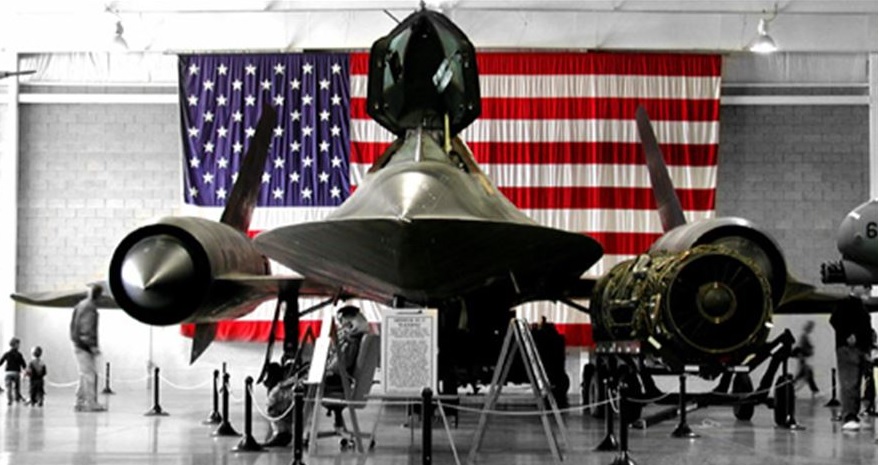
The Black Line is available to order here.
Photo by U.S. Air Force





